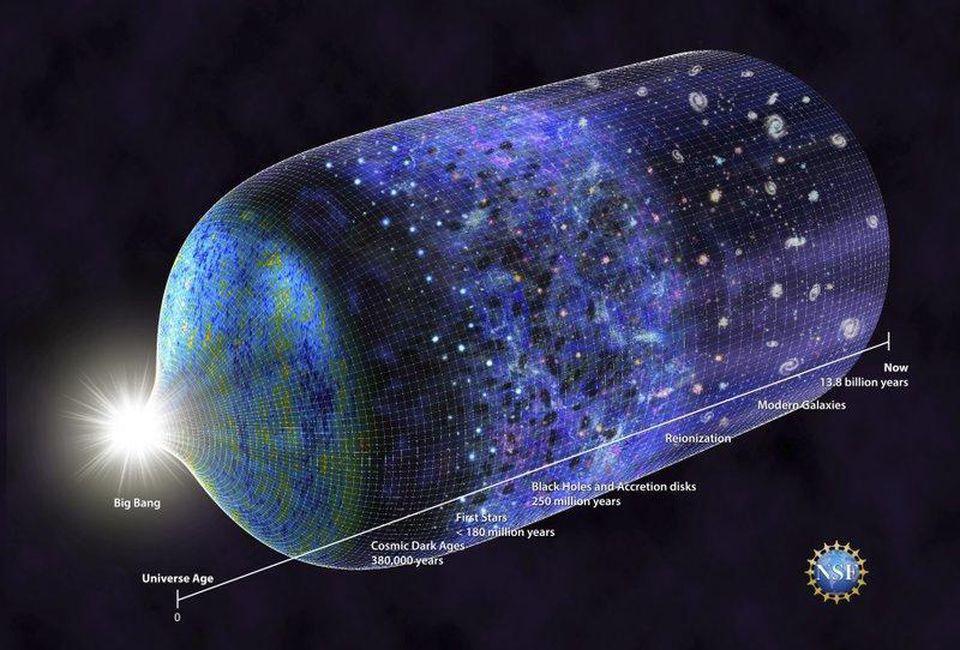
Radiant Human aura photography by Christina Lonsdale. Photo courtesy of Radiant Human/the Whitney Museum of American Art.
In medicine, the term aura refers to a perceptual disturbance experienced by someone suffering from epilepsy or migraine. This is not, however, what I want to talk about today. Rather, the focus of this essay is on the psychic aura. As a boomer wading through the 1960s and 70s, I associated the term “aura” with spirituality and the visible energies around a person. But I had thought little about such things for the past 40 years. That is until I read Michael Crichton’s short story “Cactus Teachings” in his book Travels during this past Christmas holiday. It was a book given to me by my brother-in-law, Roger, who had enjoyed it and found Crichton’s stories resonant with what he heard in my poetry.
Crichton is a Harvard-trained doctor who gave up the practice of medicine to write. And he has produced some of the most popular and iconic stories of the past half-century, including Andromeda Strain, Jurassic Park, and The Terminal Man. I admire and respect him as a scientist, medicine man, and writer. I was, therefore, fascinated to read that in the 1980s, he had encountered and learned the art of seeing auras. He did this as part of a two-week experience in personal growth, meditation, and psychic healing. His experience intrigued me and triggered my old curiosity regarding auras. Suddenly, the topic became top-of-mind.
As part of my daily walks and hikes, I began trying to visualize auric energies around those I encountered. Unexpectedly and delightfully, even though I had to convince myself they were there, I experienced subtle light rings right away. I caught glimpses of greens and blues initially. The experience reminded me of a faded but partial rainbow around the head of some people. I saw auras around animals and trees, although these were more monochromatic and usually just a simple light band around the object. I observed nothing around non-biological objects such as cars or cement telephone poles. Nor could I detect the bands surrounding people on television or on my computer screen. But an eye blink, saccade, or attentional blink, and the faint tracings would disappear.
As I continued the practice, things changed quickly and significantly. I perceived more colors, typically yellow, green, violent, and blue bands of light. It was easier to see these bands with the sun over my shoulder. And if I successfully held the view of the aura constant for more than a second, the energy bands intensified and got brighter. Unexpectedly, I began observing light bands around non-organic things and faint traces of them on television figures. Everything seemed surrounded by an aura, if only I made the effort to see it. I was unprepared for this experience and didn’t know what to make of it.
On one of my outings, I noted that bicyclists racing down a hill seemed to extend the auric field slightly, both in front and behind them. The colors were more pronounced in the front than in the receding stream of air. It was then I realized that one explanation for this phenomenon might be the simple experience of light being refracted by particles surrounding our bodies, including water molecules.
I had purposely avoided reading the scientific literature until this point. When I started reading journal articles, I found that there were no real scientific studies because scientists deem the phenomenon not replicable. Neurologists contend people perceive auras because of defects within the brain itself because of epilepsy, migraines, synesthesia, or the influence of psychedelic drugs, such as LSD. However, when tested appropriately, researchers could not verify the findings related to the psychic aura. Hence, studies done under laboratory conditions have shown that this experience is best explained as either a visual illusion, or an afterimage.
Yet, those with no known clinical abnormalities or drug use, like Michael Crichton and I, cannot deny our experiences. There are several potential explanations. First, scientific tests may be incorrect. As an example, one test used to prove the unreliability of the phenomenon is to have someone stand (or not) behind a screen that blocks the body. The screen does not block the space around the body, and thus a person being tested ought to perceive the aura when someone is behind the screen. Researchers testing individuals claiming to detect auras beforehand found they could not correctly identify auras without knowing if someone was actually standing behind the screen. A second explanation is, of course, that the phenomenon is the product of imagination processes and therefore uniquely individualized.
There are problems with these hypotheses. First, the type of test described may be inappropriate because the auric phenomenon may depend on lateral inhibition in the visual system, which would require viewing of a body. If the body is not present to provide the contrast, there is no lateral inhibition and no aura. Lateral inhibition is something that happens because of how cells in the retina and other visual regions connect. So, when one cell is excited and fires action potentials, it turns off or provides inhibition to its surrounding neighbors. This lateral inhibition explains a well-known visual illusion phenomenon known as Mach bands, named after their discoverer, the physicist Ernst Mach (1838–1916). Mach bands reflect the exaggerated contrast between edges produced by the anatomy of lateral inhibition, by triggering edge-detection in the human visual system. Hence, a simple and testable explanation for auras is that lateral inhibition, combined with light refraction by particles surrounding our bodies, creates edge enhancement and rainbow-like experiences.
A rainbow requires water droplets or small particles floating in the air. The sun must be behind you and the clouds cleared away for the rainbow to appear. When sunlight strikes a water droplet, it refracts, and changes the direction of light because of the surface of the water. The light continues into the drop and reflects from the back of the drop to the front. When the beam hits the front, it refracts again. The water drops act like prisms to separate the light into its different wavelengths and as the color spectrum we experience in a rainbow. Science has shown that clouds of water droplets and other small particles surround our bodies. These can perform a similar light-refractory function and voila—a rainbow-like aura is visible.
Auras are a subtle visual experience. They may indeed require imagination to see. This may be why we need time to learn how to perceive this natural and wonderful phenomenon. On the other hand, photography can capture auric differences, so it can not be entirely imagination. The question I want to leave you with is: If science can explain psychic auras, are they any less fascinating?





